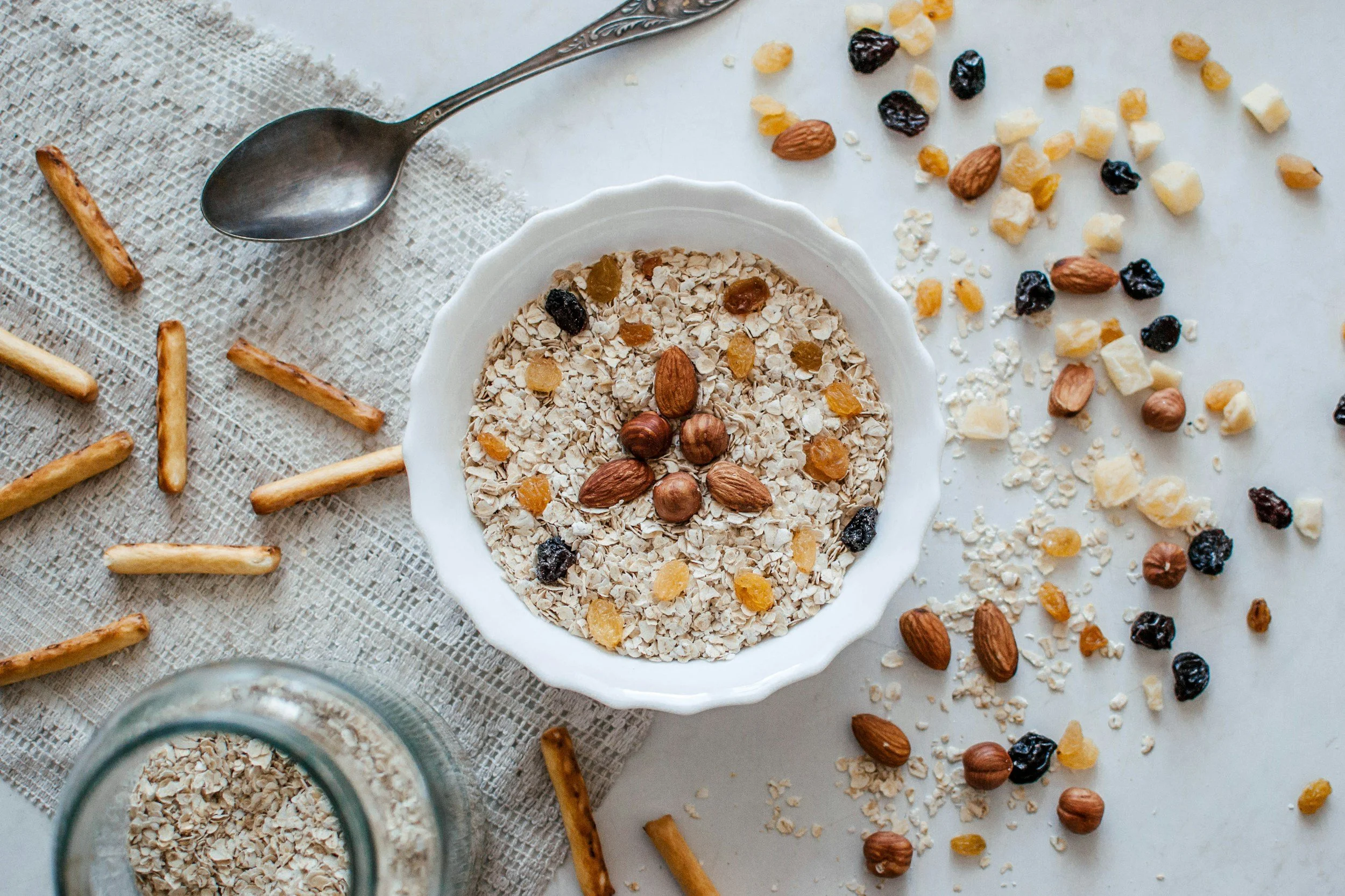Tips for a Healthier Thanksgiving Tradition
Taking a page from football strategy, here is your game plan for a healthy, feel-good Thanksgiving weekend!
• Don’t show up hungry. When you sit down for the Thanksgiving meal, you don’t want to be “starving.” Studies show that skipping meals on the big day won’t save you calories – in fact, you will tend to eat more. Talk about counterproductive.
• Start Thanksgiving Day with two things: (1) A healthy, satisfying breakfast. There is not one right meal choice for everyone; if you need help figuring out what breakfast is best for you – let’s talk. (2) An intention for the holiday, such as “I will have a 'plan' and stick with it; I will eat mindfully, and I’ll remember to breathe."
• Have a midday mini-meal. If your Thanksgiving meal is in the early afternoon or evening, have a healthy midday snack that includes protein, fiber, and healthy fat to help you avoid overeating at the Thanksgiving table.
• Eat small portions of your favorite indulgences. Use a tablespoon instead of a serving spoon to place a small portion on your plate. Skip any foods that you don’t absolutely love. Your goal might be to taste your favorites without overindulging and feeling bad afterward. Fill the rest of your plate with healthy foods.
• Make the good stuff. If you’re not in charge of the Thanksgiving meal, you can still bring a healthy dish to ensure you stick to your intention. If you're hosting, you can use this tip to add healthy options to your own menu.
• Skip the wine and caloric drinks. Instead, sip water/sparkling water with lemon or herbal tea throughout the meal. This will also keep you from mindless eating and drinking.
• Say no to unhealthy leftovers. If you’re hosting, buy disposable food storage containers and send your guests home with all the not-so-healthy leftovers. If you don’t have it in your house, you can’t eat it.
• Return to your routine. If you eat a little more than you wanted to at Thanksgiving, don’t sabotage the entire weekend. The next morning, head to the gym, go for a walk or a bike ride, or get moving any way you can. Drink half your weight in ounces of water each day, and journal about whatever cravings or feelings you have. The faster you get back on track, the less chance you’ll have of gaining weight or suffering from food-related symptoms.
• Be good to yourself. While it may feel good in the moment to have that stuffing or pie, Thanksgiving foods often make us feel bad in lots of ways due to sugar, salt, fat, and processed ingredients. If you have constipation, bloating, congestion, mood swings, or headaches, chances are you’re having food-related symptoms. Be good to yourself by choosing foods that help you feel energized and symptom-free.
By being proactive and using these healthy planning tips, you can have a happy and a healthy Thanksgiving holiday!











